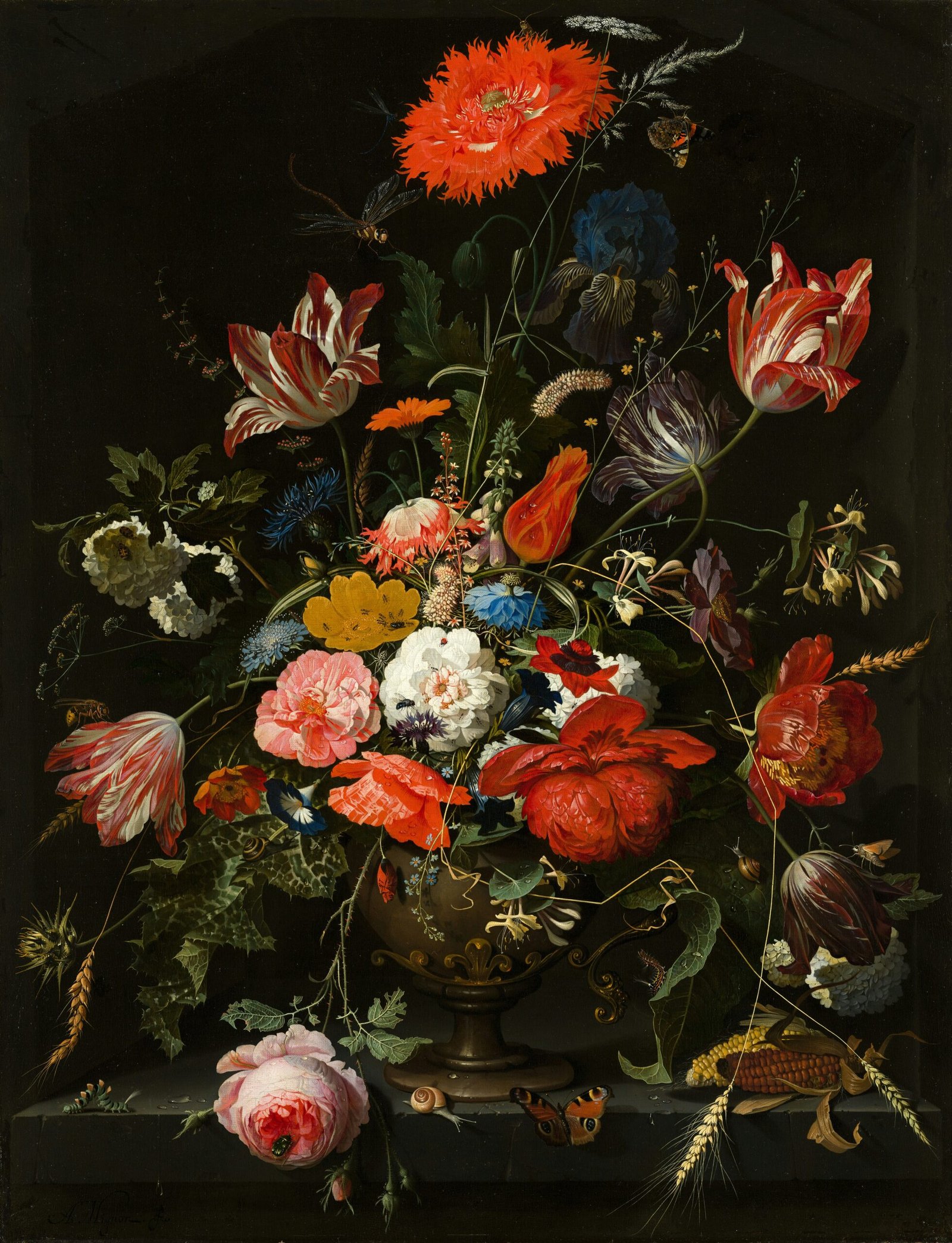
Throughout history, art has served as a powerful medium for expressing emotions, ideas, and cultural values. From cave paintings to Renaissance masterpieces to contemporary installations, artists have used their creative abilities to capture the essence of their time and communicate with their audience. The integration of art and creativity has not only produced beautiful and captivating works, but it has also played a crucial role in shaping societal norms, challenging conventions, and sparking conversations.
One of the earliest examples of the integration of art and creativity can be traced back to ancient civilizations. In ancient Egypt, for instance, art was not only a means of aesthetic expression but also a way to communicate religious beliefs and immortalize pharaohs and gods. The intricate hieroglyphics and elaborate murals found in tombs and temples were not only visually stunning but also served as a form of storytelling, documenting the history and mythology of the civilization.
As societies progressed and evolved, so did the integration of art and creativity. The Renaissance period, known for its emphasis on humanism and the revival of classical art forms, witnessed a surge of creativity in various fields such as painting, sculpture, literature, and architecture. Artists like Leonardo da Vinci, Michelangelo, and Raphael pushed the boundaries of artistic expression, exploring new techniques and perspectives that paved the way for future generations of artists.
In more recent times, the integration of art and creativity has taken on new forms and dimensions. The advent of technology and the digital age has opened up a whole new realm of artistic possibilities. Artists now have access to a wide range of tools and mediums, from digital painting software to virtual reality platforms, enabling them to experiment and create in ways that were once unimaginable.
Furthermore, the integration of art and creativity has extended beyond traditional art forms. Today, art can be found in various domains, including advertising, design, fashion, and even scientific research. Companies are increasingly recognizing the value of incorporating artistic elements into their branding and marketing efforts, as it helps them stand out from the competition and connect with their target audience on a deeper level.
The integration of art and creativity is not only limited to professionals in the field but also extends to individuals from all walks of life. Engaging in creative activities, such as painting, writing, or playing a musical instrument, can have numerous benefits for personal well-being and self-expression. It allows individuals to tap into their imagination, explore their emotions, and find solace or inspiration in the process.
In conclusion, the integration of art and creativity is a dynamic and ever-evolving journey that continues to shape and enrich our world. Whether through the timeless works of renowned artists or the everyday creative endeavors of individuals, art and creativity have the power to inspire, provoke thought, and bring people together. As we navigate the complexities of the modern world, embracing the integration of art and creativity can serve as a source of inspiration and a catalyst for positive change.
The Historical Context
The integration of art and creativity can be traced back to ancient civilizations, where art was often seen as a means of communication and expression. From cave paintings to intricate sculptures, early artists used their creative instincts to depict stories, beliefs, and emotions. The integration of art and creativity continued to evolve through different art movements and periods, such as the Renaissance, Impressionism, and Cubism, each showcasing unique approaches to artistic expression.
During the Renaissance, artists like Leonardo da Vinci and Michelangelo revolutionized the art world by combining technical skill with creative imagination. They explored new techniques, such as perspective and chiaroscuro, to create realistic and emotionally engaging artworks. This integration of technical prowess and creative vision set the stage for future generations of artists to explore the boundaries of art and creativity.
The Renaissance, which spanned from the 14th to the 17th century, was a period of great cultural and intellectual change in Europe. It marked a transition from the medieval period to the modern era and saw a renewed interest in the arts, sciences, and humanities. Artists during this time were not only skilled craftsmen but also thinkers and innovators who pushed the boundaries of what was considered possible in art.
Leonardo da Vinci, often regarded as the epitome of the Renaissance artist, embodied this spirit of innovation and creativity. His diverse range of interests, including painting, sculpture, architecture, science, and engineering, allowed him to approach art from a multidisciplinary perspective. He believed that art and science were interconnected, and his art was often influenced by his scientific observations and experiments.
Michelangelo, on the other hand, was known for his monumental sculptures and frescoes, which showcased his mastery of anatomy and his ability to convey emotion through his art. His works, such as the ceiling of the Sistine Chapel and the statue of David, are not only technically impressive but also deeply expressive, capturing the essence of the human experience.
These artists, along with their contemporaries, paved the way for future generations of artists to explore the limitless possibilities of art and creativity. Their integration of technical skill and creative vision not only revolutionized the art world but also influenced other fields, such as science, literature, and philosophy. The Renaissance marked a turning point in the history of art, where artists began to be seen as more than mere craftsmen, but as creators and thinkers who had the power to shape the world around them.
Furthermore, the modern era has also witnessed the fusion of art and technology in the form of interactive installations and virtual reality experiences. Artists are now utilizing cutting-edge technologies such as augmented reality and virtual reality to create immersive and interactive art experiences. These artworks transport the audience into virtual worlds, where they can engage with the art on a whole new level.
In addition to the integration of technology, the modern era has also seen a shift in the focus and subject matter of art. Artists are now using their creativity to address pressing social issues and raise awareness about important topics. Through their artwork, they are able to convey powerful messages and provoke meaningful discussions. This integration of art and social activism has resulted in thought-provoking exhibitions and installations that challenge societal norms and inspire change.
Moreover, the integration of art and creativity has extended beyond the traditional confines of galleries and museums. Street art, for example, has become a prominent form of artistic expression in urban environments. Artists use public spaces as their canvas, creating large-scale murals and graffiti that not only beautify the cityscape but also convey powerful messages to the public.
Additionally, the modern era has brought about a greater emphasis on collaboration and community engagement in the art world. Artists are now working together with communities and organizations to create public art projects that reflect the unique identities and aspirations of the people. This integration of art and community has resulted in the revitalization of neighborhoods, the promotion of cultural diversity, and the fostering of social cohesion.
In conclusion, the integration of art and creativity in the modern era has expanded the possibilities for artistic expression and engagement. Through the use of technology, interdisciplinary collaborations, social activism, and community engagement, artists are pushing the boundaries of traditional art forms and creating innovative and impactful artworks. This integration not only enriches the art world but also has the power to inspire and transform society as a whole.
The Significance of Integration
The integration of art and creativity is significant for several reasons. Firstly, it allows artists to express their unique perspectives and emotions, fostering a sense of individuality and self-expression. By integrating creativity into their artistic process, artists can create works that are not only visually appealing but also convey deeper meanings and messages.
Secondly, the integration of art and creativity plays a crucial role in cultural and societal development. Art has the power to challenge existing norms, provoke thought, and inspire change. By integrating creativity into their artworks, artists can address social, political, and environmental issues, sparking conversations and raising awareness in society.
Furthermore, the integration of art and creativity has a positive impact on mental health and well-being. Engaging in creative activities has been shown to reduce stress, improve cognitive function, and enhance overall happiness. By integrating creativity into their artistic practice, artists can experience a sense of flow and fulfillment, leading to improved mental and emotional well-being.
Moreover, the integration of art and creativity can also have economic benefits. Artistic creations, whether in the form of paintings, sculptures, or performances, can contribute to the growth of the creative industry. This industry encompasses various sectors such as visual arts, design, music, and performing arts, and it plays a significant role in generating revenue and employment opportunities.
Additionally, the integration of art and creativity fosters innovation and problem-solving skills. Artists often think outside the box and approach challenges from unique perspectives. By integrating creativity into their artistic process, artists can inspire others to think creatively and find innovative solutions to complex problems.
Furthermore, the integration of art and creativity can promote cultural understanding and appreciation. Art has the power to transcend language and cultural barriers, allowing people from different backgrounds to connect and understand each other’s experiences. By integrating creativity into their artworks, artists can bridge gaps and foster a sense of unity and empathy among diverse communities.
In conclusion, the integration of art and creativity is significant for various reasons. It allows artists to express themselves, contributes to cultural and societal development, improves mental health and well-being, has economic benefits, fosters innovation and problem-solving skills, and promotes cultural understanding. The integration of art and creativity is not only essential for artists but also for society as a whole, as it enriches our lives and helps us navigate the complexities of the world.
Practical Applications
The integration of art and creativity extends beyond the realm of traditional art forms and has practical applications in various fields. For example, the integration of art and design has led to the development of visually appealing and user-friendly products and interfaces. By incorporating creative elements into the design process, designers can create products that not only function well but also evoke positive emotions and engage users.
Moreover, the integration of art and education has been shown to enhance learning experiences and promote critical thinking skills. By incorporating creative activities into the curriculum, educators can encourage students to think outside the box, explore different perspectives, and develop their problem-solving abilities.
Furthermore, the integration of art and technology has revolutionized industries such as entertainment, gaming, and virtual reality. Through the use of digital art, animations, and interactive designs, developers can create immersive experiences that captivate audiences and transport them to new worlds.
Additionally, the integration of art and healthcare has gained recognition for its therapeutic benefits. Art therapy, for instance, has been used to help individuals express themselves, cope with emotional challenges, and improve their overall well-being. By engaging in creative activities, patients can find solace, gain a sense of control, and develop new ways of communicating their thoughts and feelings.
Moreover, the integration of art and business has gained traction in recent years, with companies recognizing the value of creativity in driving innovation and success. By fostering a creative work environment and incorporating artistic elements into branding and marketing strategies, businesses can differentiate themselves from competitors and appeal to a wider audience. Additionally, art can be used as a powerful tool for storytelling and communication, enabling businesses to convey their message in a visually compelling and memorable way.
Overall, the integration of art and creativity has far-reaching applications in various industries. From enhancing user experiences to promoting critical thinking, driving innovation, and improving well-being, art has the power to transform and elevate different aspects of our lives.
